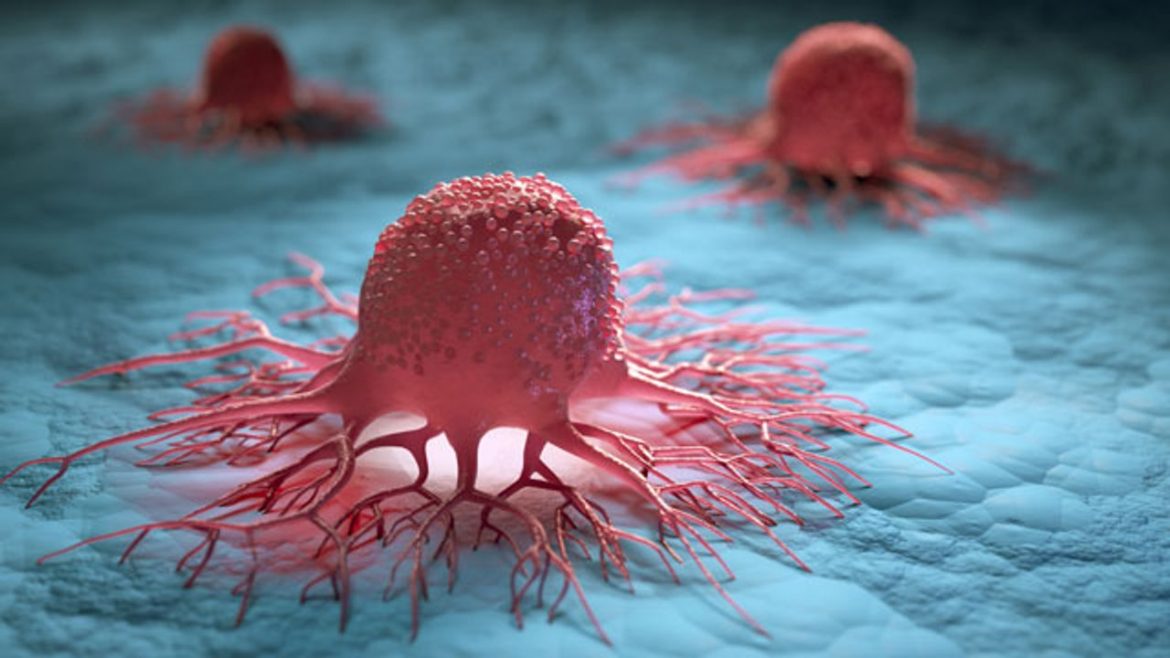Researchers made a firm connection between a human cancer trigger and the function of a certain domain of proteins crucial to the biology of plants and microbes, knowledge that had evaded scientists for decades.
The team’s results, which were published in Nature Communications Biology, provide a new route for the creation of targeted pharmacological treatments to treat various malignancies, including those that start in the stomach and breast. The plasminogen-apple-nematode, or PAN, domain, is connected to cell proliferation that fuels tumour growth in humans and defence signalling during plant-microbe interactions in bioenergy crops. This is what ORNL researchers set out to demonstrate experimentally. Researchers originally discovered the connection when studying the genomes of crops like poplar and willow.
In the most recent investigation, the ORNL researchers identified four essential cysteine residues in the HGF protein that are crucial to the operation of the PAN domain and investigated their behaviour in human cancer cell lines. They discovered that altering any one of those amino acids prevented the HGF-c-MET signalling pathway, which is abnormally amplified in cancer cells, from allowing those cells to proliferate and spread.
Since cysteine residues are known to have a variety of purposes, researchers also examined a variety of different cysteines present in the protein at random and discovered that none of them had the same effect on inhibiting HGF-c-MET signalling. The scientists found that altering the four essential cysteines only prevented the cancer signalling pathway from being activated, with no impact on the protein’s overall structure.
According to ORNL geneticist Wellington Muchero, one of the most difficult aspects of creating novel cancer treatments is disrupting the appropriate signal.
Engineering chemicals that interfere with a complete protein is quite challenging, he claimed. “Knowing which individual amino acids in that protein to target is a significant development. You only need to check for these four particular residues; you don’t need to examine the complete protein.”
The discovery of those essential residues is evidence of the team’s prediction abilities at ORNL, which they have developed by combining their knowledge of computational biology, genetics, and plant biology with their resources for supercomputing and the CRISPR/CAS-9 gene editing system.
The discovery may lead to treatments for other illnesses, such as blocking the malaria parasite’s infection pathway in mosquitos to reduce their ability to transmit the disease. It may also help combat the HLB virus, which kills citrus trees in Florida and California, by focusing on the Asian citrus psyllid insect that disseminates it.
Scientists at ORNL are utilising their understanding of the PAN domain in plants to enhance disease and pest resistance in biomass crops like poplar and willow that can be broken down to provide sustainable jet fuel. In order to increase the hardiness of such crops, they are investigating the genetic mechanisms that promote advantageous interactions between plants and microorganisms.
Also Read: Growing up changes our brain’s reaction to understanding stories: Research
The research demonstrates the close similarities in the DNA structure of plants, humans and other organisms, which make plants an important discovery platform, Muchero said. “We can do things with plants that you cannot do with humans or animals in the research process,” he added.
“I can work with equal efficiency in plant and human cancers. The expertise is the same,” said Debjani Pal, an ORNL postdoctoral researcher with a background in biochemistry and human cancer research. “We’ve established a globalized experimental platform here at ORNL that shows no matter what system you’re using, plant or animal, if your hypothesis is correct then the science is repeatable in all of them, no matter what cell line you’re using.”
“At the bottom of it all, we have the same biological underpinnings,” Muchero said.
Follow Medically Speaking on Twitter Instagram Facebook





